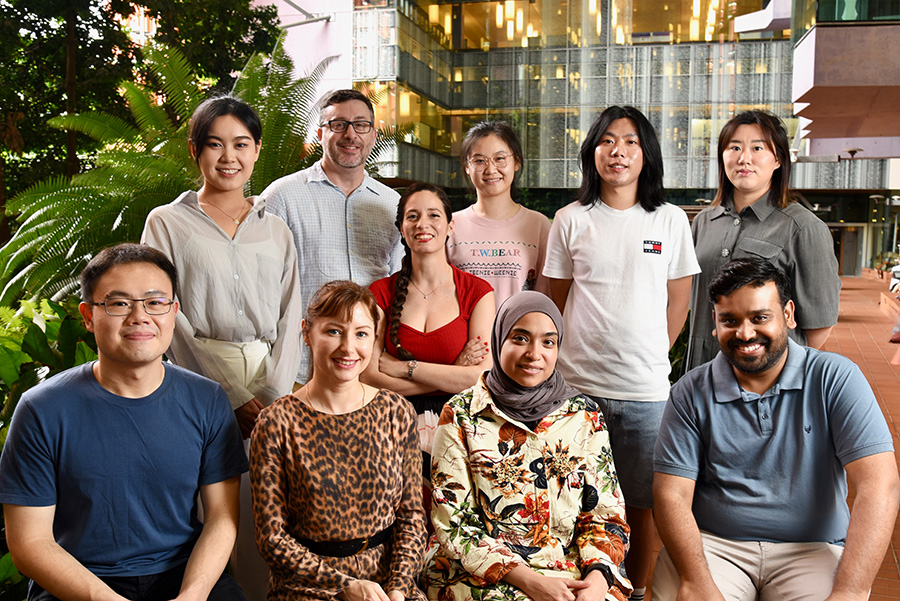Cruz Group - Cancer immunology and therapy
TIME and tailored therapies
The immune context of the tumor microenvironment (TIME) profoundly influences tumor progression and clinical outcome. In fact, in many cases the character and quality of tumor immune infiltrates correlates with the clinical outcome of immune check point inhibitors (ICI), including disease-free survival and relapse-free survival. As technology has advanced, so has our understanding of TIME complexity, resulting in an improved capacity to classify and correlate different TIME types with disease initiation and response to treatment.
Our group hypothesizes that understanding the crosstalk between cancer and immune cells is key to both, predict response to ICI and disease evolution, and to design new treatment regimens tailored to each patient’s own disease. To do so, we use Spatial Multi-Omics technologies to generate high-resolution tumor microenvironment (TME) and TIME data from Head and Neck (H&N), skin and ovarian tumors and thus identify tissue hallmarks and relationships that are not accessible to traditional proteomics and genomic technologies. Furthermore, uncovering fundamental interactions between cells and molecules has the potential for discovering novel targetable pathways that can substantially expand clinical practitioners’ and patients’ H&N treatment options.
- Determine the spatial distribution and molecular relationships between cancer and immune cells.
- Decipher how therapy modulates the TME and TIME.
- Identify novel biomarkers and therapeutic targets harnessing the power of small drug inhibitors, ICIs, and immune-stimulatory molecules.
- Princess Alexandra Hospital (PAH)
- Royal Brisbane and Women's Hospital
- Gold Coast University Hospital
- Technical University of Denmark (DTU)
- Frazer Institute
- Mater Research Institute
- The Institute of Molecular Biology (IMB)
- QIMR Berghofer Medical Research Institute
- Queensland H&N Cancer Centre (QHNCC)






